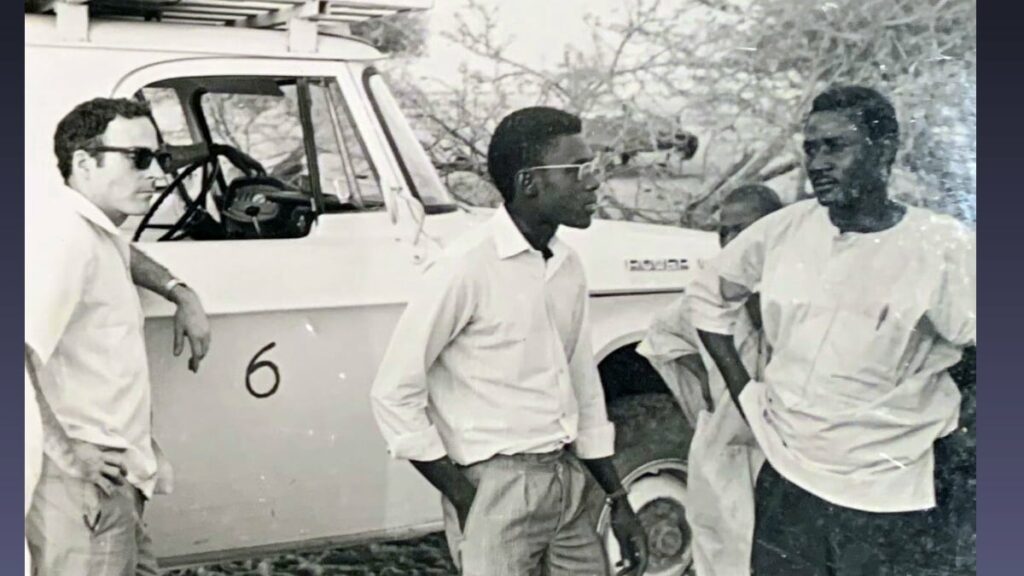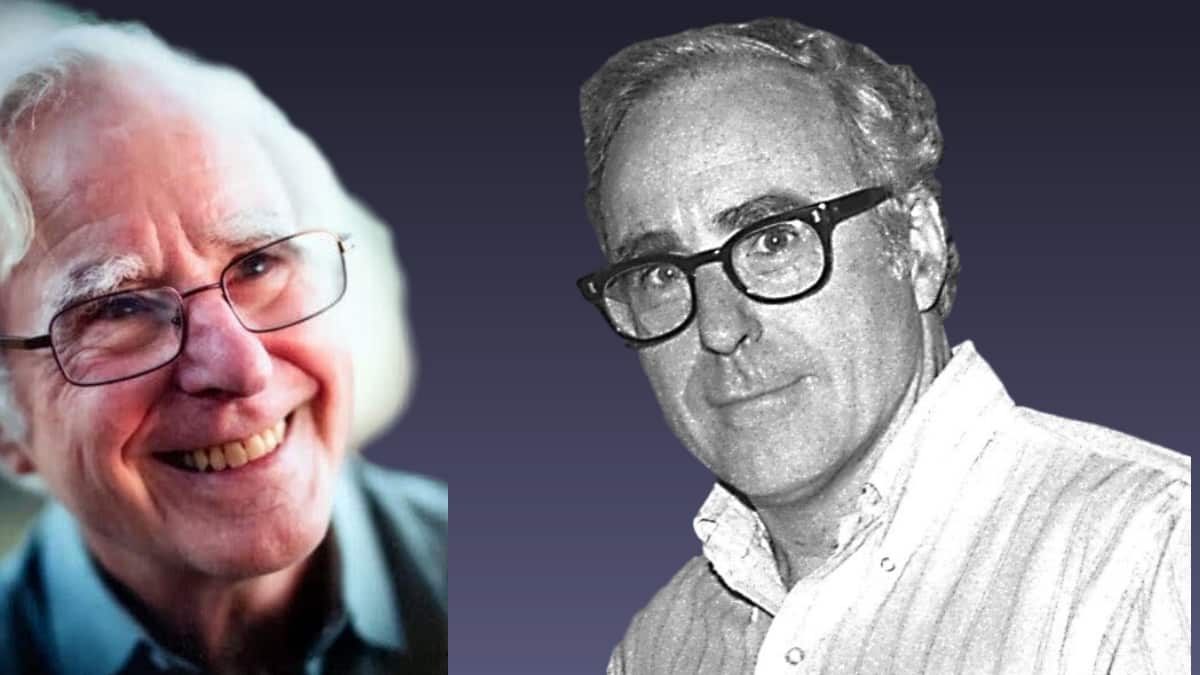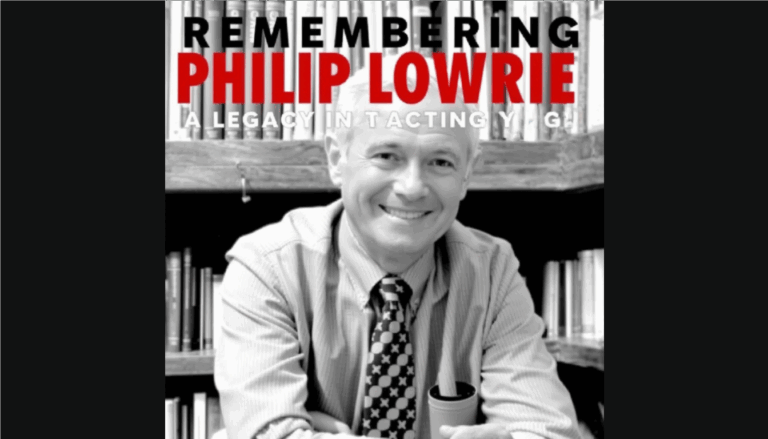Dr. J. Michael Lane, a globe-trotting epidemiologist who waged a 13-year war against the scourge of smallpox and led the final drive for its global eradication in 1977, when the last known vestige of the disease was snuffed out in East Africa, died on Wednesday at his home in Atlanta. He was 84.
Wife of Dr. J. Michael Lane, Lila Elizabeth Summer, said her husband’s died from colon cancer.
John Michael Lane was born in Boston on Feb. 14, 1936, to Eileen O’Connor and Alfred Baker Lewis II. Their subsequent marriage was her first and second, and the surname Lane was created by his mother and conferred upon John and an older brother, Roger. John had another brother, Stephen Lewis, and a half brother, Alfred Baker Lewis III, and two half-sisters, Helena Lewis and Caroline Lewis, the children of Mr. Lewis II’s first marriage.
John’s father, a Socialist with inherited wealth, was a treasurer of the national N.A.A.C.P. and spoke on racial equality at Black churches and colleges in the South in the 1940s. He and his wife sponsored Jewish refugees from Germany during World War II. She was a director of Planned Parenthood and the Y.W.C.A.
When the boy, called Mike, was 6, the family moved to Greenwich, Conn., where he graduated from the private Brunswick School in 1952. He earned a bachelor’s degree in English from Yale in 1957, a medical degree from Harvard in 1961, and a master’s in public health epidemiology from the University of California, Berkeley, in 1967. After interning at Bellevue Hospital in New York, he joined the C.D.C. in 1963 and, within a year, was assigned to the smallpox fight.
Dr. Lane’s marriage to Carolina Hernandez, in 1969, ended in divorce in 1998. He and Ms. Summer were married that year.
In addition to his wife, he is survived by a daughter from his first marriage, Cynthia Michelle Edward, and a stepdaughter, Annabel Moore, his brother, his half brother, half-sisters, and two grandchildren.
After the smallpox triumph, Dr. Lane remained at the C.D.C. as director of the Center for Prevention Services from 1980 to 1987. He taught at Emory University in Atlanta from 1988 to 1991, at the Australian National University in Canberra from 1991 to 1993, and again at Emory from 1993 to 2001.

In his years of writing and lecturing on smallpox, Dr. Lane drew a vivid portrait of that unseen enemy, one of humanity’s oldest and most terrifying infectious diseases. Perhaps emerging from a rodent virus 10,000 years ago, it periodically swept around the world over the centuries, killing or blinding a third of its victims: hundreds of millions in Europe, Asia, Africa, and the Americas, 80 percent of the Native Americans who caught it from European invaders, and the multitudes and monarchs of many lands.
Its traces were found in the 3,000-year-old mummy of Pharaoh Ramses V of Egypt. Presidents George Washington, Andrew Jackson, and Abraham Lincoln survived it. And in the 20th century, it was blamed for 300 million deaths before it was finally wiped out in an international campaign led by public health officials in the United States and the Soviet Union.
Smallpox was declared dead by the World Health Organization in 1980 after a global search found no evidence of it in nature more than two years after it had infected its last human being in nature, a hospital cook in Somalia by the name of Ali Maow Maalin, in 1977. (Technically, its last victim, Janet Parker, was a medical photographer in a British hospital who had become infected in a lab accident and died in 1978.) Today, four decades later, no verified smallpox case has surfaced anywhere, and historians call its extermination one of humanity’s greatest public health achievements.
As in any war, as Dr. Lane was quick to acknowledge, the campaign to obliterate smallpox had its generals. Besides himself, they included Drs. D.A. Henderson, William H. Foege, and J. Donald Millar, all epidemiologists and former directors of the smallpox eradication program, are now the Centers for Disease Control and Prevention.
But the war also had its army of thousands of foot soldiers who identified smallpox outbreaks and who did the frontline work of quarantining contagious sufferers and vaccinating their contacts and other potential victims.
After completing his medical training in the early 1960s, the son of a lawyer who championed civil rights joined the C.D.C. and, starting in 1964, devoted his entire working life to the crusade against smallpox and other infectious diseases and famine in impoverished countries.
He traveled to West and Central Africa, India, Pakistan, Bangladesh, Indonesia, and other countries to combat outbreaks, create vaccination programs, and teach epidemic intelligence techniques to track and kill variola, the smallpox virus.
He became an expert on the complications of smallpox vaccinations. While he correctly believed that vaccinations would be the ultimate weapon against the disease, he co-wrote a report, published in The New England Journal of Medicine in 1969, calling for the end of smallpox vaccinations in the United States because the side effects — fatal in roughly one case per million — outweighed the benefits.
A ban on 13 million routine smallpox vaccinations in this country was imposed in 1972. (Newer, purportedly safer versions of the vaccine have been made in case of another outbreak, and an anti-smallpox drug has since been licensed.)
By 1973, when Dr. Lane became the last director of the C.D.C.’s smallpox eradication bureau, the disease had long since been eradicated in the United States. But it remained an urgent international concern, with outbreaks largely in the rural areas of many countries.







